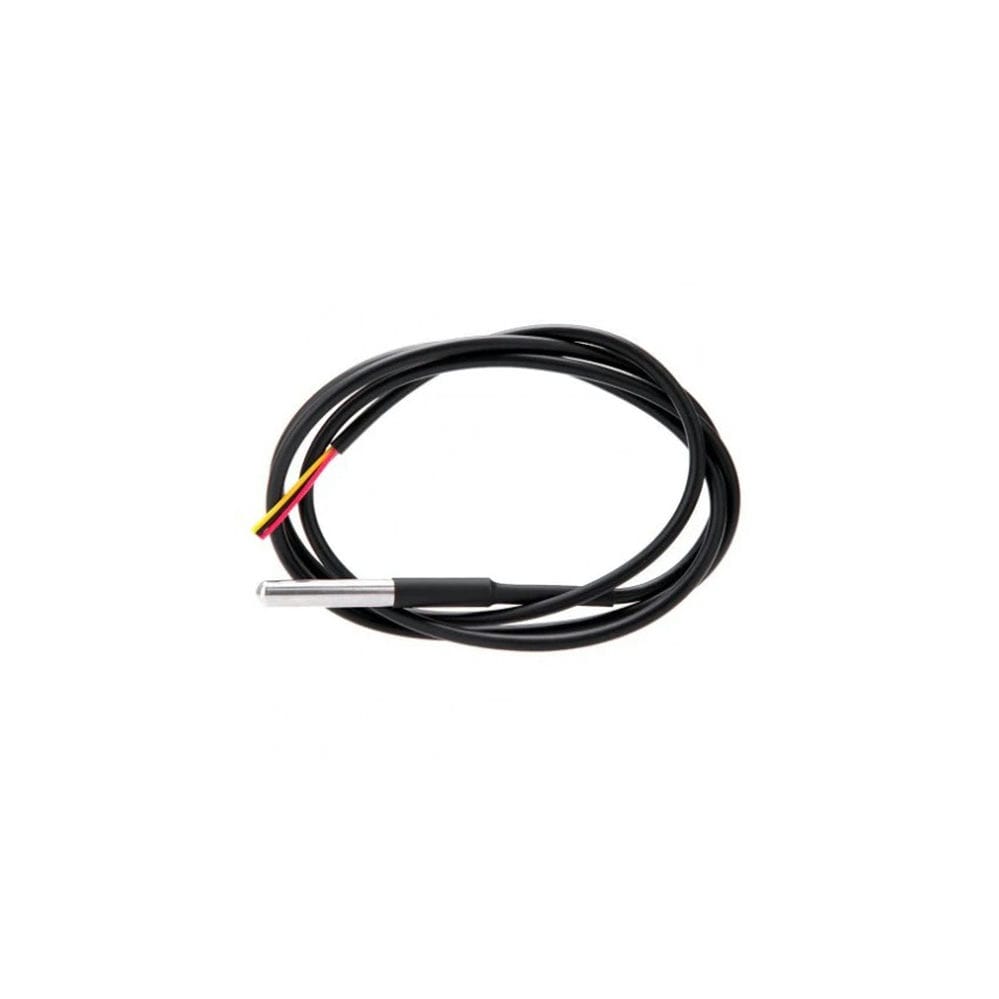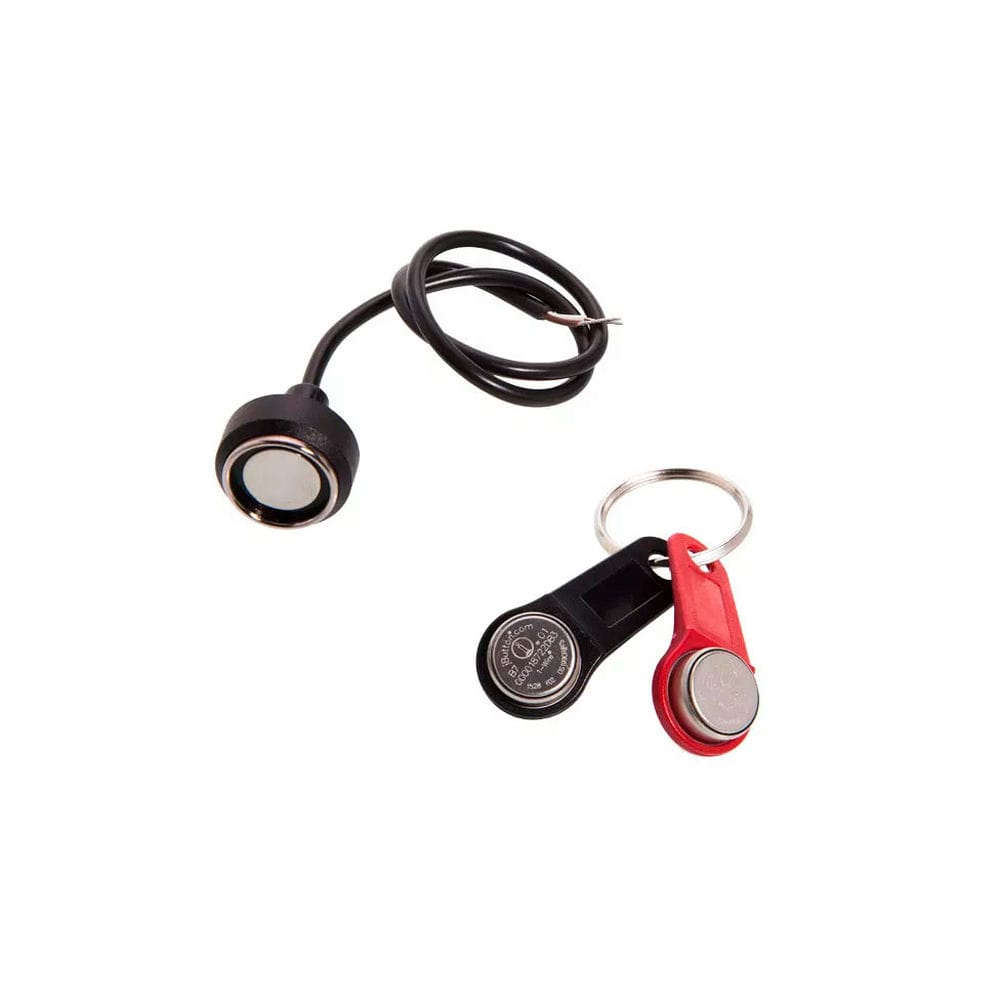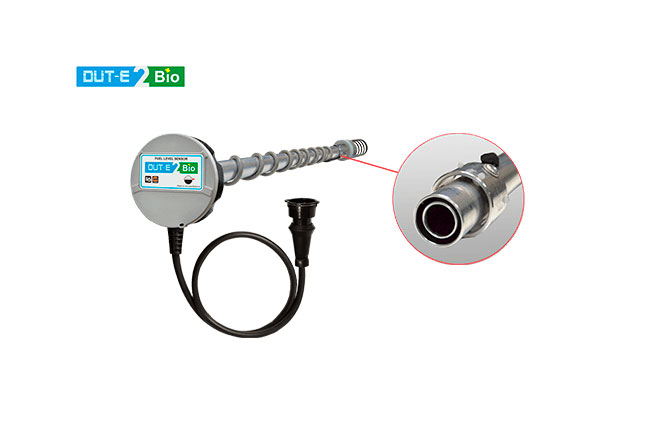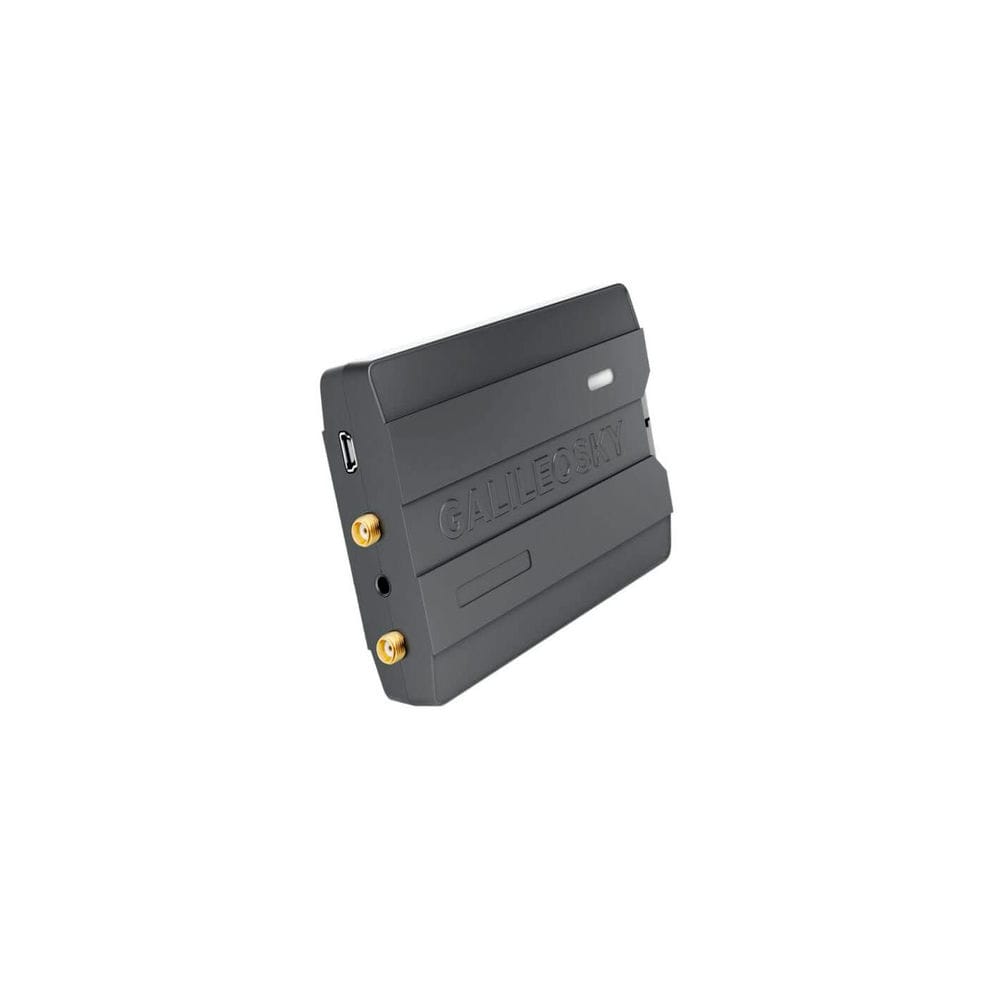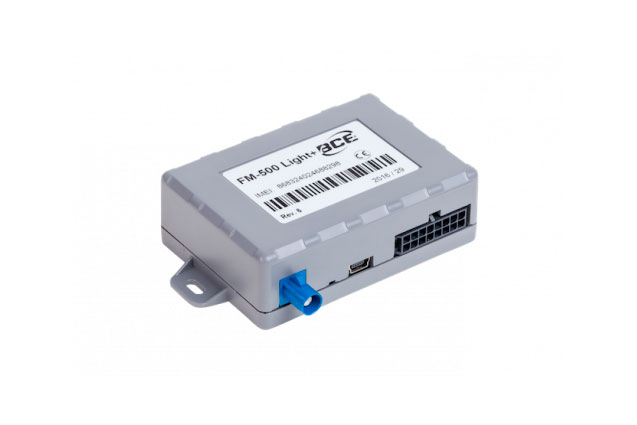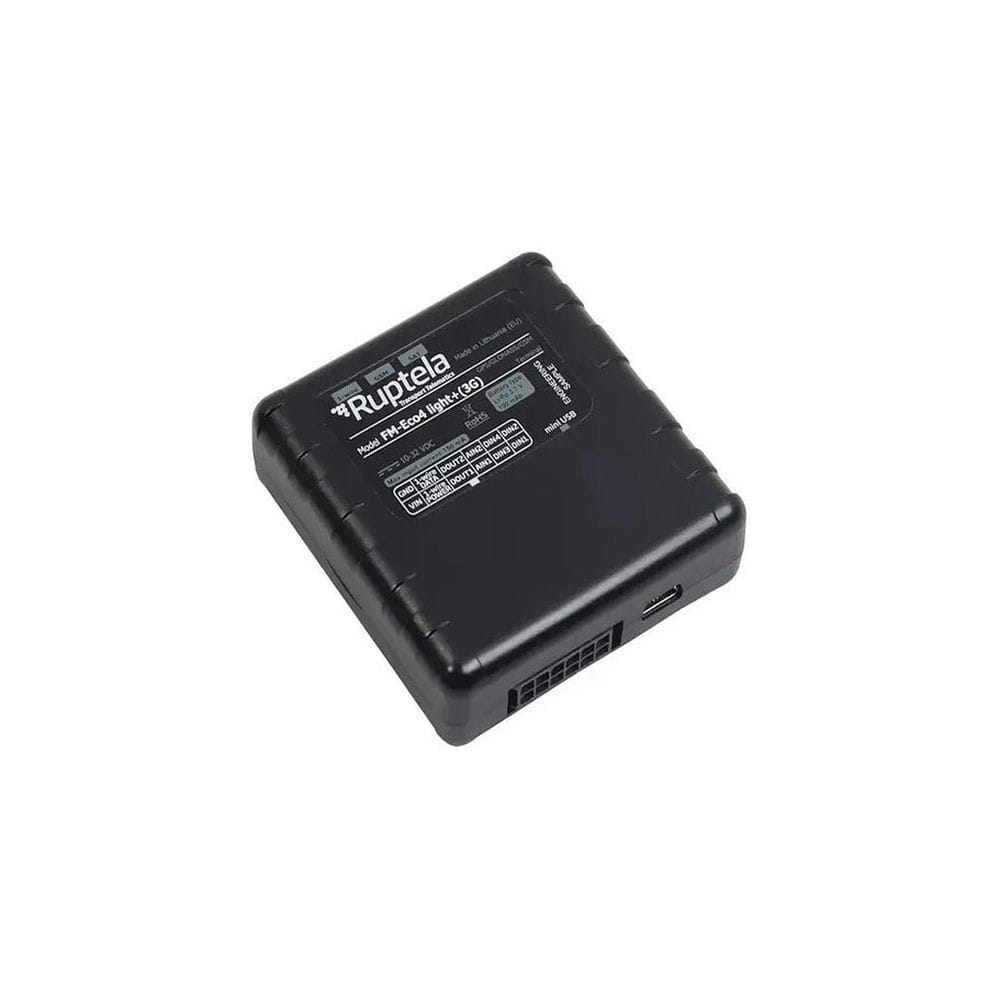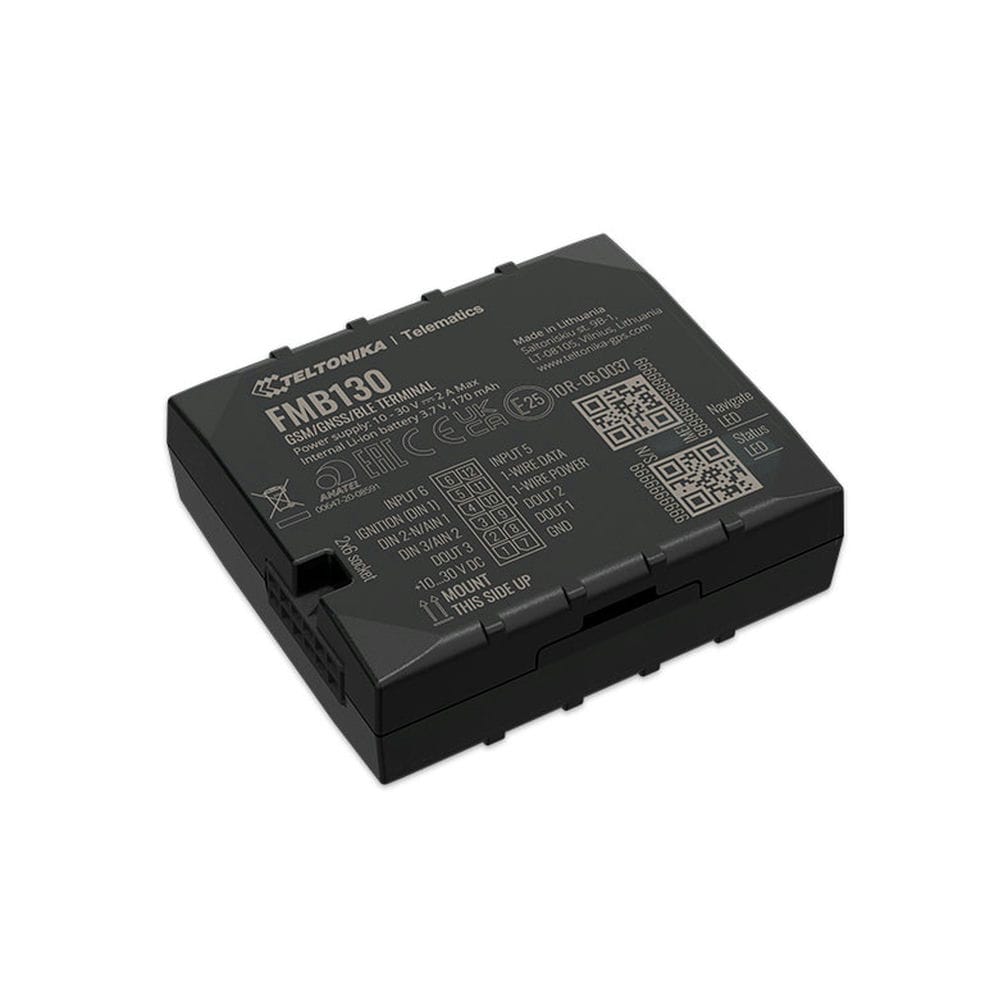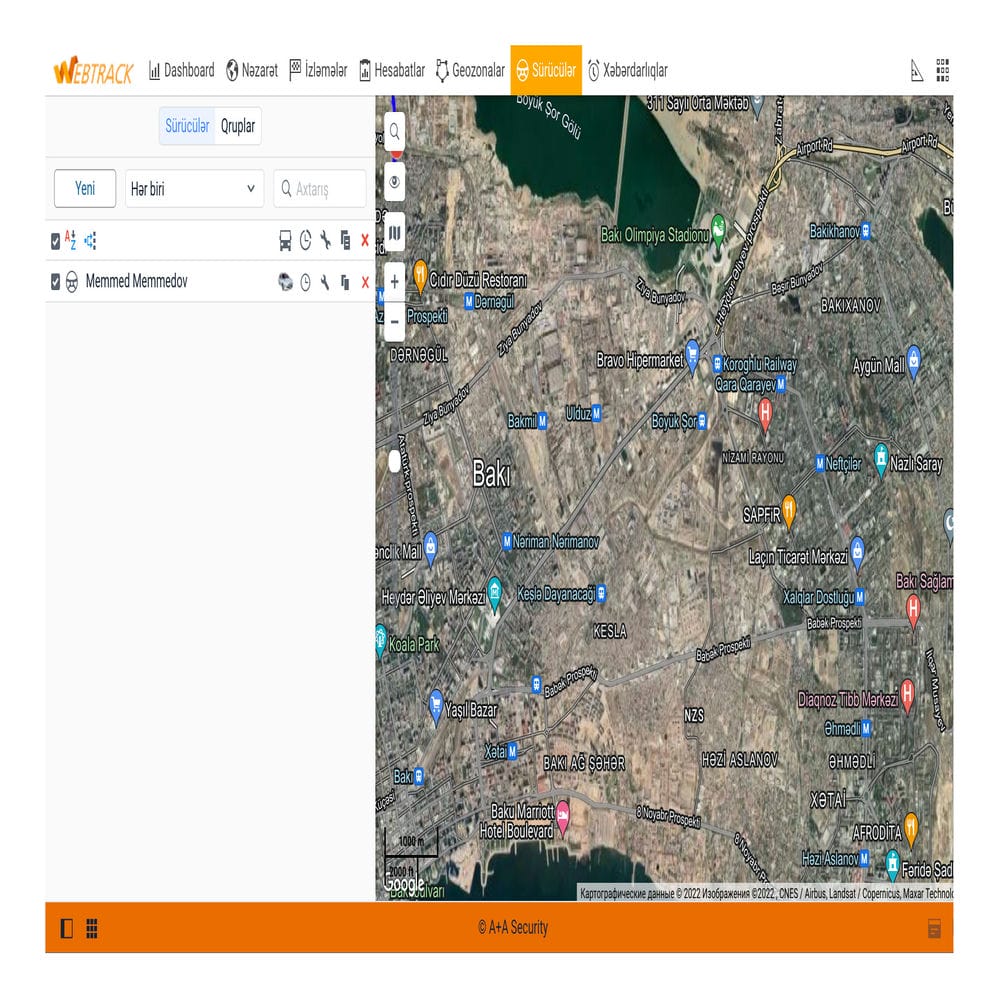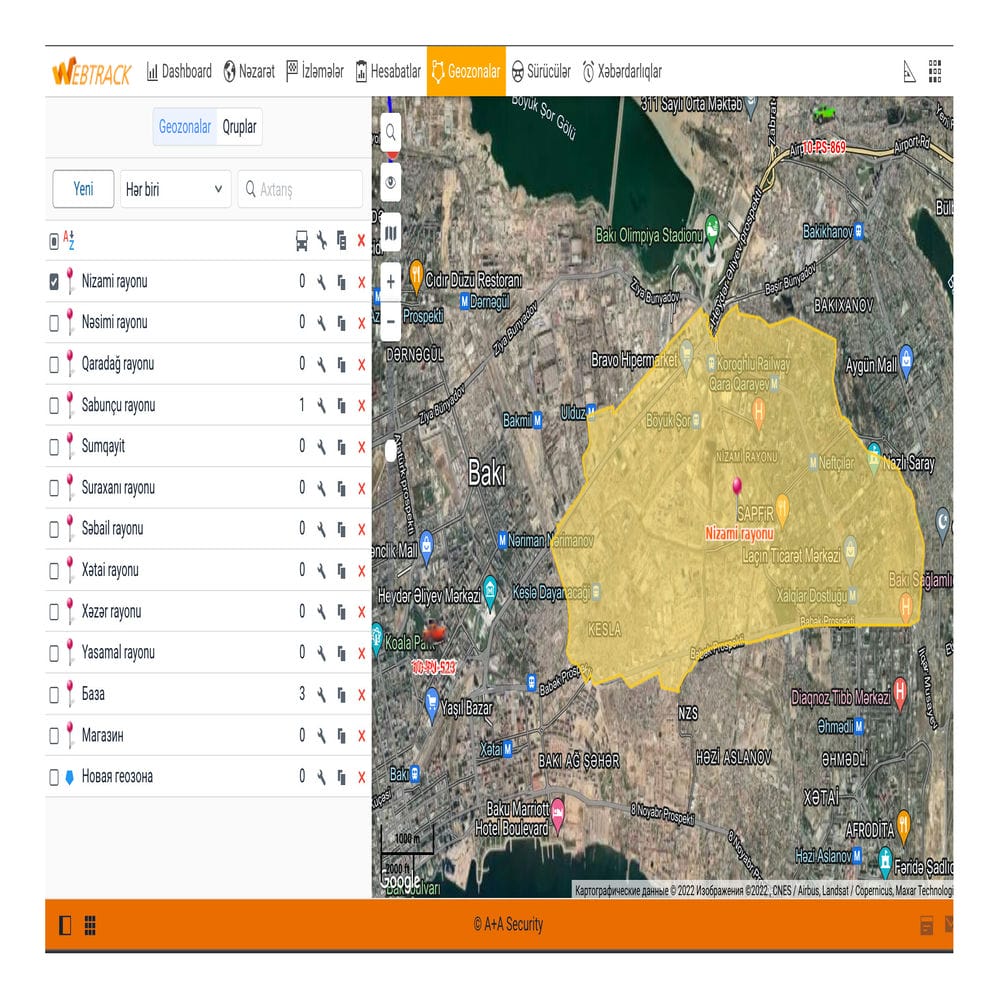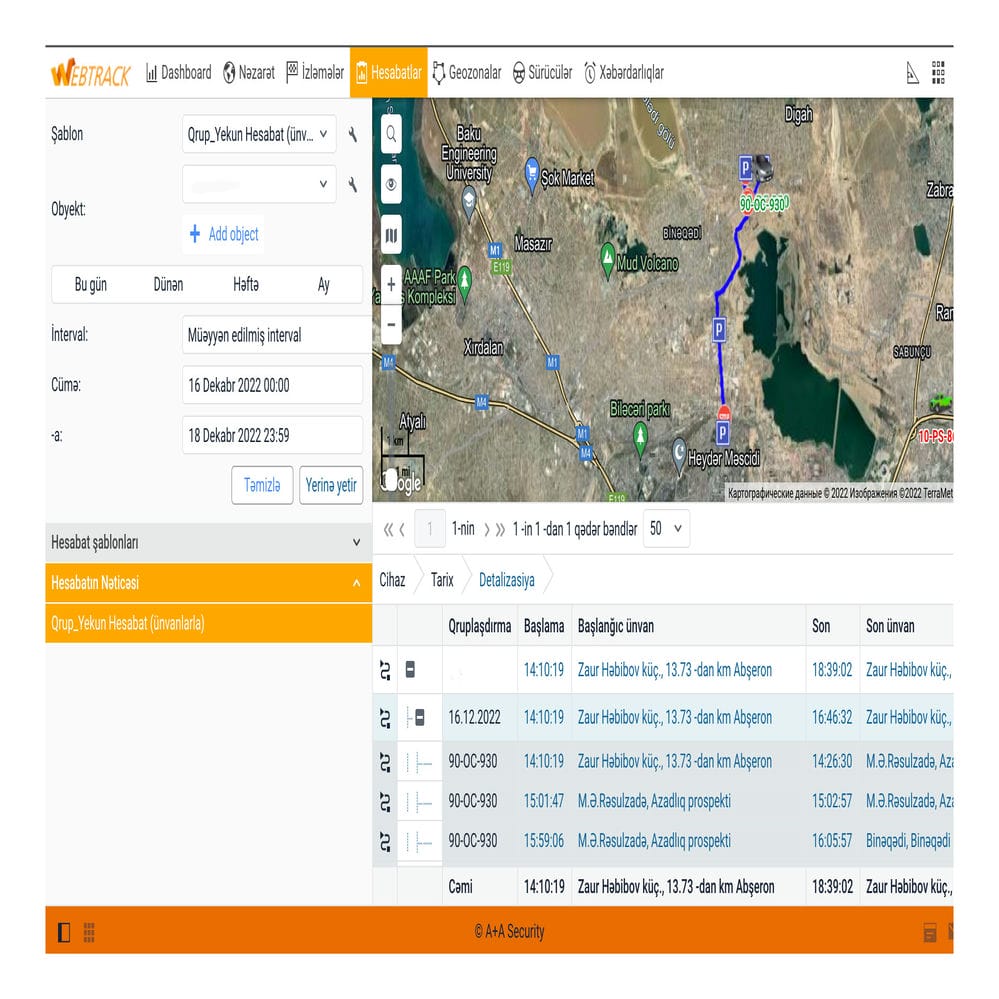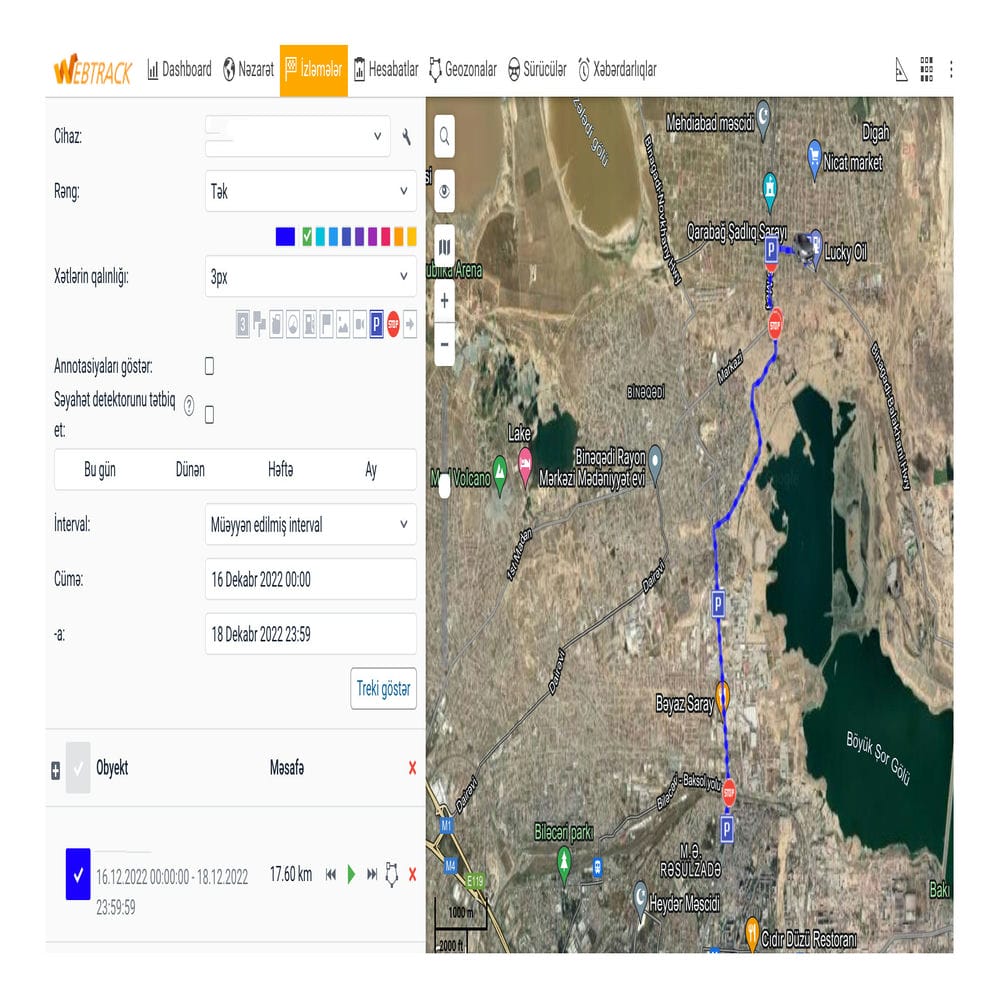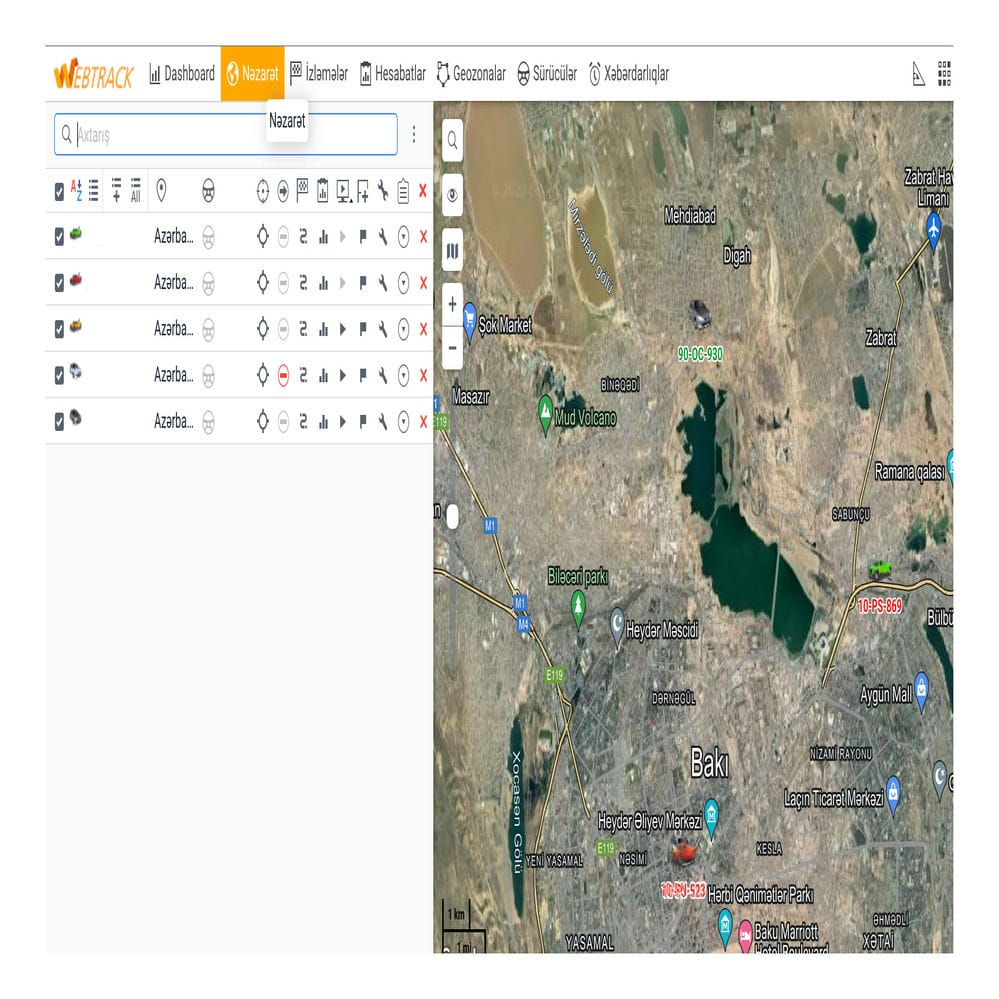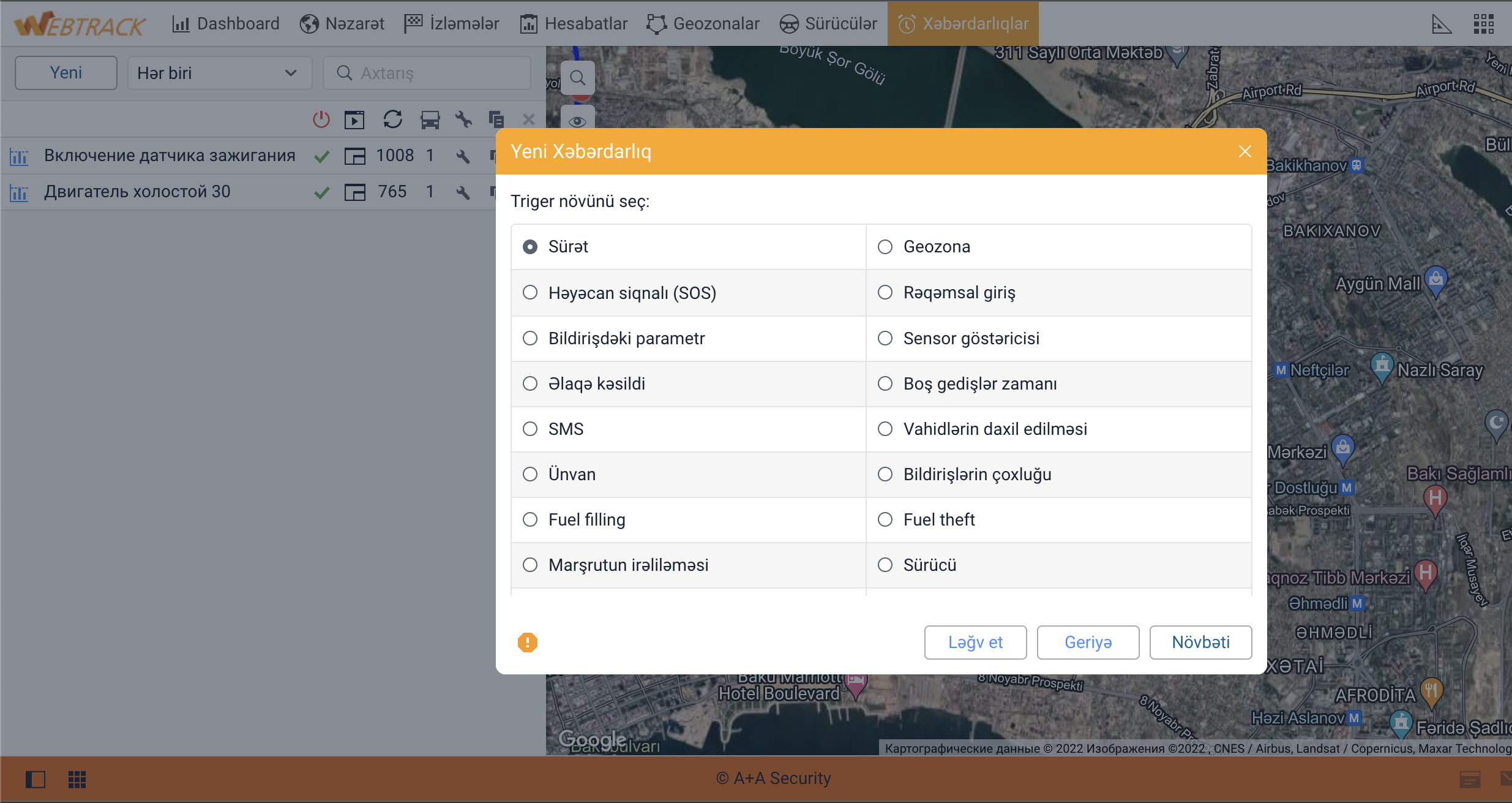The GPS monitoring system offers a wide range of features. The standard package includes:
- Receiving and analyzing data about the vehicle's location, engine status (on/off), speed, and distance traveled.
- Generating reports and online notifications for exceeding the limits set by the company in the System (working hours, speed limits, including on roads, sudden decreases/increases in speed, idling, sudden decreases in fuel level).
- Linking vehicles to zones/routes, receiving reports on them, and receiving notifications when they deviate from these geozones/routes.
- Registering a vehicle as a zone (moving zone) and receiving reports and notifications for that zone. Receiving notifications when two or more vehicles cross that are defined as zones.
- Registering vehicles that are on the path of the vehicle or near the object.
- Ability to mark objects of interest on the map.
- Simultaneously tracking all vehicles on the map, displaying vehicle trajectories on the map in different colors depending on the routes, displaying vehicle trajectories on the map in different colors depending on speed, and tracking multiple vehicles individually at the same time.





